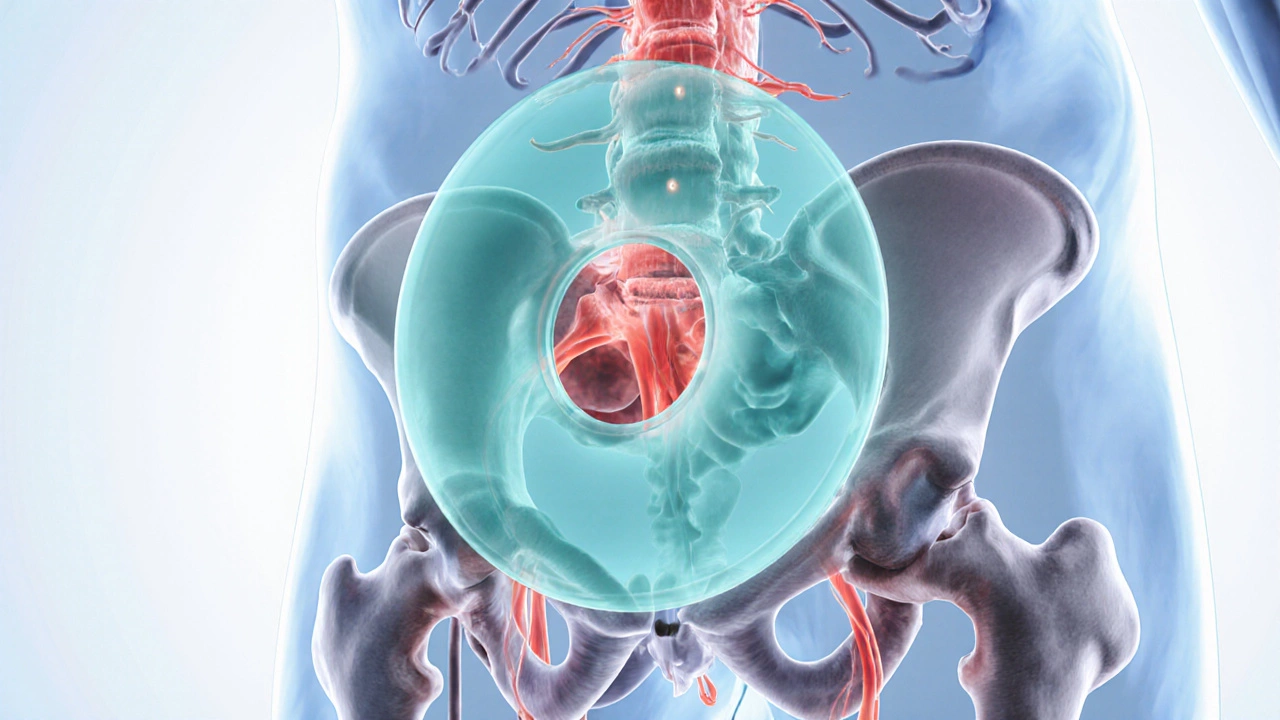If your lower back feels sore at the end of the day, you’re not alone. A lot of us sit too long, lift the wrong way, or sleep on a mattress that doesn’t give enough support. The good news? Small changes can make a big difference. Below are practical steps you can try without buying expensive gear.
First, look at the way you move during the day. When you sit, keep your feet flat on the floor and your knees at a 90‑degree angle. A quick tip is to place a small pillow or rolled‑up towel behind your lower back for a bit of lumbar support. If you stand for long periods, shift your weight from one leg to the other every few minutes – it keeps the muscles from locking up.
When you lift something, bend at the hips, not the waist. Use your leg muscles, keep the item close to your body, and avoid twisting while you lift. This simple habit protects the spine from sudden strain.
Take short movement breaks. Set a timer for 30‑45 minutes and stand up, stretch, or walk around for a minute. Those micro‑breaks prevent stiffness and improve circulation, which helps the back stay flexible.
Try the “child’s pose” from yoga: kneel on the floor, sit back on your heels, and stretch your arms forward while lowering your chest toward the floor. Hold for 20‑30 seconds. This gently lengthens the lower back muscles.
Another easy move is the “knee‑to‑chest” stretch. Lie on your back, pull one knee toward your chest, keep the other leg straight, and breathe deeply. Switch legs after 15 seconds. It eases tension and improves mobility.
Don’t forget the “cat‑cow” flow. Get on all fours, arch your back up (cat) and then dip it down while lifting your head (cow). Move slowly for a minute. This move keeps the spine moving and can reduce tightness after long sitting sessions.
For a quick fix during the day, stand against a wall with your feet about six inches away, then slide your back down into a shallow squat. Hold for a few seconds, then rise. This wall sit activates the core and gives the lower back a gentle workout.
Besides movement, pay attention to the surface you sleep on. A mattress that’s too soft lets the spine sink, while one that’s too firm can create pressure points. A medium‑firm mattress with a supportive pillow usually works best for most people.
If you try these tips and the pain still sticks around after a week or two, consider an over‑the‑counter pain reliever like ibuprofen, but only as directed. Persistent pain that worsens at night, spreads to the legs, or comes with numbness should be checked by a doctor. Early assessment can rule out serious issues and get you on the right treatment path.
Bottom line: lower back pain often comes from simple daily habits. By fixing posture, adding short movement breaks, and doing a few easy stretches, you can keep the pain at bay and feel more comfortable in your own home. Give one or two of these ideas a try today and notice how quickly your back starts to feel better.

Explore whether a donut-shaped seat cushion can truly ease sciatica pain, backed by anatomy, research, and practical buying tips.

Learn why the sciatic nerve hurts and how to stop the pain fast with stretches, heat, core work, and when to see a physiotherapist.
